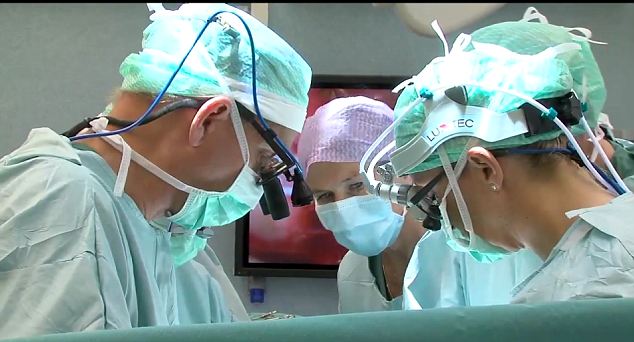Where do Babies Come From? Another Reproductive Science Progress
Main Article Content
Abstract
A relatively novel procedure has joined the frontiers in reproductive technology. As the world watches and waits for its absolute success, it serves as a source of hope for a group of women without the vessel for child conception. This procedure is known as womb transplantation and was successfully carried it in nine women in Sweden, but it leads to important ethical dilemmas. The nine women, some born without uteri and others void of uteri as a result of hysterectomies, received donor wombs from close relatives. These transplanted wombs have been, at the moment, pronounced temporary. It is said that after two pregnancies, these uteri will be removed from the women, so that they can be weaned of anti-rejection medication. Before this technology, these women would have to opt for adoption or surrogacy. However, in certain European countries like Sweden, surrogacy is prohibited. Thus, these women are left with limited possibilities to mother children. However, with womb transplantation, they have been given an opportunity to, not only have wombs, but to have full term pregnancies and birth healthy children.
Before 2014, attempts have been made to transplant uteri. The first attempt was in Saudi Arabia, in 2000. This transplanted womb lasted four months before it was rejected by the woman’s body. In 2011, Turkish doctors performed a successful transplant. The patient’s pregnancy, however, did not reach its full term. Hence, there is a possibility that one or all of these nine women will, in the near future, birth the first baby from a transplanted womb.
This “new kind of surgery” has raised questions about the donor source. Is it ethical to use living donors for a non-life saving therapy? It is even more questionable in this case because there are other options available to solve the problem of the targeted patients. British doctors, who seem to have taken into cognisance this ethical question, plan to carry out womb transplants with wombs from dead or dying donors. However, the first two unsuccessful transplants were done with wombs from these types of donors. Should wombs from living donors prove more successful than those from dead donors, there is a possibility that more debates on the ethicality of this procedure will progress.
Article Details

This work is licensed under a Creative Commons Attribution 4.0 International License.

